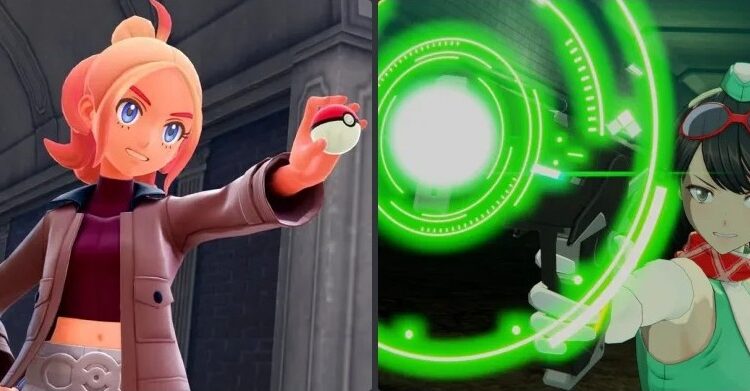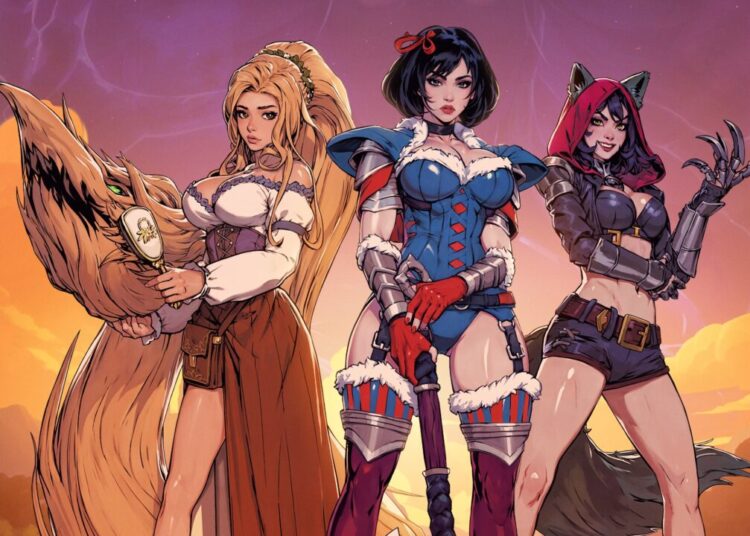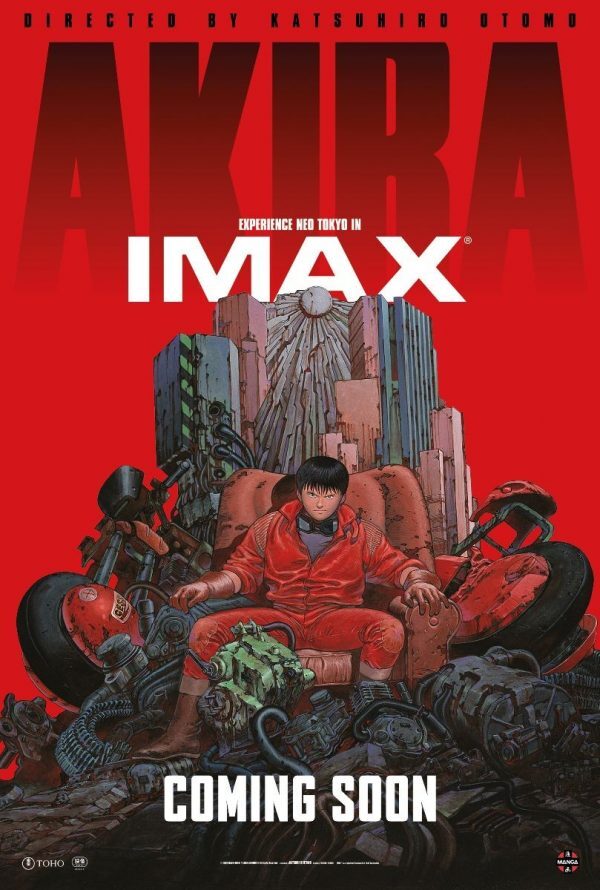You might have heard of the moniker “Only in Japan” when it comes to video games that, for whatever reason, have never seen any releases beyond the Land of the Rising Sun. This is just as true for those made for the long-running Gundam franchise.
A compilation video for the works represented in Gundam Extreme VS. Full Boost (2012). It notably includes, among others, the Blue Destiny game trilogy, which never came out in the West. (Source: YouTube)
As popular as Yoshiyuki Tomino’s brainchild remains for gamers around the world (like the Gundam Breaker and Battle Operation series), some works have, alas, stayed exclusive to Japanese audiences. One consequence of this is that Western fans may wind up confused over characters, mecha and concepts from such titles popping up in more recent entries in the saga.
With this guide, though, you could hopefully brush up a little on Gundam fandom while having some fun along the way.
The Blue Destiny Trilogy
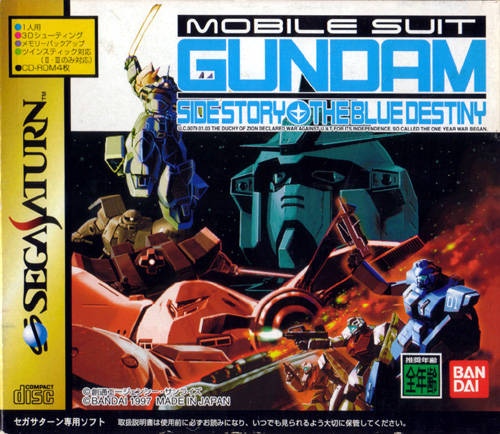
Released in Japan from 1996 to ‘97, Mobile Suit Gundam: The Blue Destiny is a trilogy of mech combat games by Bandai set in the Universal Century timeline. Although taking place during the infamous One Year War, around the same period as the 1979 series, this isn’t simply an adaptation of the anime. Rather, it notably marks the first 3D gaiden titles to serve as a proper sidestory.
Instead of focusing on established characters from the shows and OVAs, the games instead follow the trials of 2nd Lt. Yuu Kajima and his unit towards the closing months of the conflict. Tasked with gathering combat data on the field, their mission is derailed upon encountering a Zeon defector and the EXAM System, which allows Oldtype pilots to mimic Newtype capabilities. They soon find themselves in the middle of a power struggle as both sides race to either exploit or deny the other access to this experimental device, and whatever secrets lurk within it. Even with a Mobile Suit equipped with it, however, surviving through it all would prove to be far from easy.
This sense of playing as a low-ranking grunt is further reinforced by Blue Destiny’s use of a first-person perspective. Not too dissimilar to the MechWarrior games, the controls and sense of movement are framed as though you’re in the cockpit. While this can make combat intense, the limited field of view and overall difficulty also do a good job in driving home the point that you’re not Amuro Ray, and that you’d have to earn that victory.
Granted, the games in isolation can be rather brief (each being comprised of five missions) and could be finished in little more than an hour. At the same time, however, it’s not hard to see why the trilogy not only became popular enough to produce manga adaptations, but also inspire later Gundam titles, such as Rise from the Ashes (1999) and Zeonic Front (2001). Characters and mecha from those titles have even popped up in later titles, as well, such as the Extreme Vs. and SD Gundam G Generation series.
Mobile Suit Gundam Climax UC
Launched in 2006 for the PlayStation 2, Mobile Suit
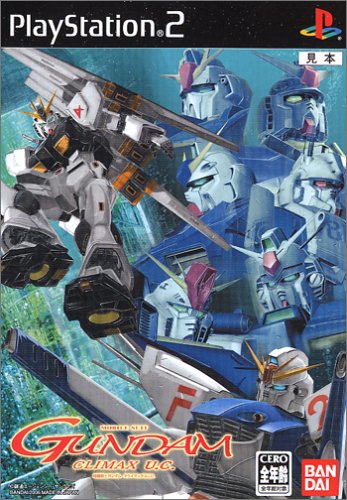
Gundam Climax UC is something of a “greatest hits” compilation for the Universal Century. Instead of just covering one work or two, however, Bandai ambitiously incorporates most major series and OVAs set in that continuity up till that point, without sacrificing gameplay. In that respect, they’ve more than succeeded.
Content-wise, there’s over 50 years’ worth (in-universe) of material that’s represented in the game, from the original anime (UC 0079) all the way to the events of the Crossbone Gundam manga (UC 0133). On top of letting you relive pivotal moments (complete with cutscenes that blend in-game graphics with re-animated footage) through the aptly titled “Chronicle Mode,” with many of the original seiyuu reprising their roles, there are also a lot of options thrown in. Whether it’s the career “Progress Mode” letting you not only have custom characters but also their descendants, the myriad scenarios in “Extra Mode,” or the multiplayer “Vs. Mode,” none of these feel half-baked or unfinished.
All this wouldn’t mean much if the gameplay’s lacking, which Climax UC thankfully has much in offer. While the mechanics would be familiar to those who’ve played the Extreme Vs. titles, it’s not hard to see how this game helped influence later entries. In addition to fluid and intuitive controls, the myriad pilots and Mobile Suits on display have their own strengths and weaknesses based on their portrayals in the source material, such as the use of funnels and 0083’s infamous GP-02.
The graphics, though faithful to the source material, can looked dated at points nowadays. The difficulty, utter disparity between certain mecha due to the time periods involved, and the tendency for the game to throw literal armies at you can make the experience either challenging or infuriating. Still, it’s amazing that Climax UC never left Japanese shores at all, given the cult classic status it has among foreign fans.
Gihren’s Greed series
The intro to the latest known Gihren’s Greed entry, which notably features some potential alternate history versions of pivotal scenes. Circa 2011. (Source: YouTube)
While turn-based strategy and Gundam are no strangers to each other, you don’t often associate the latter with strategy gaming ala Paradox Interactive’s Hearts of Iron titles. Enter Gihren’s Greed (or Gihren no Yabou): a series of turn-based grand strategy titles that’s been around since 1998, with the most recent being a PSP remake from 2011.
Inspired by Nobunaga’s Ambition and starting off from the One Year War, the games take a macroscale focus on the Universal Century. Taking the role of a leader from one of the major factions (including Gihren Zabi himself), you’re tasked with bringing an entire nation to either victory or defeat, with later entries adding a morality system, more complex political mechanics, and dynamic events. While it might take some getting used to, before long, you could be researching powerful Mobile Suits and sending notable characters to either glory or an ignoble death.
At the same time, however, you’re not confined to sticking with canon. Depending on what actions or decisions are taken, you could have Kycilia and Garma Zabi rebelling (each with their own ideas for how Zeon should be), the Titans from Zeta Gundam emerging much earlier, or even Char Aznable being redeemed, thus averting Char’s Counterattack altogether. That Bandai and Sunrise have not only come up with various potential alternate paths but have also made drawn new stills and animated cutscenes based on those “what-ifs” is an extra bonus.
It’s not hard to see why, as niche as this might seem, Gihren’s Greed has such an appeal outside Japan. Indeed, it’s as close to a playable fanfic generator as you could imagine.
These games and others out there remain as solid now as they were at the time of release. Though not every game that stays in that corner of the Pacific is worth importing, there’s still more than enough to spend some time on.


